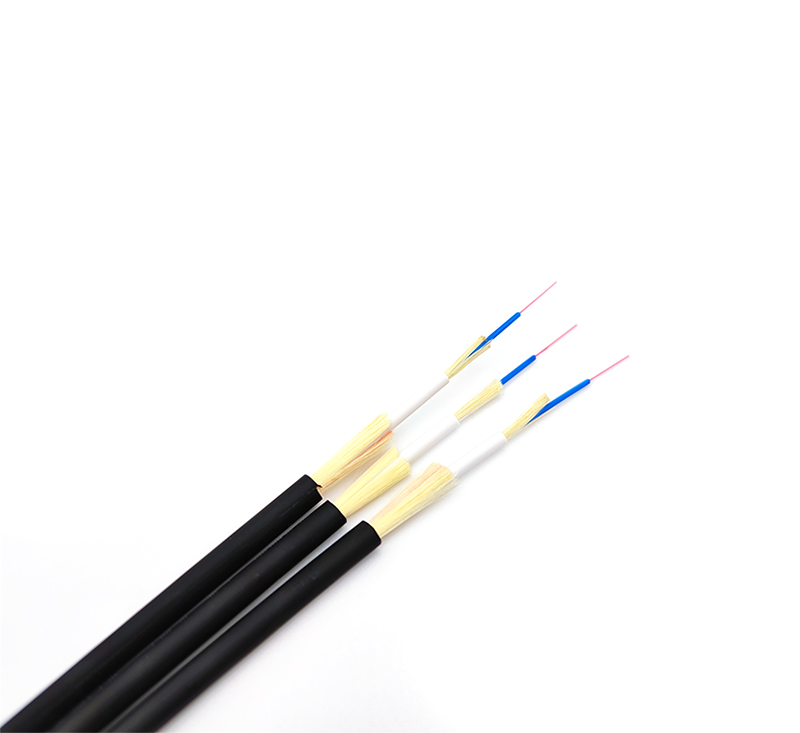There are three standards for measuring the size of the data center, the number of blade servers; the size of the area and the power consumed. DataCenterknowledge once published a very valuable report on large data centers in April last year. The report mentioned the world's largest data center, LakeSide Technology Center, located in Cermak, 350 miles east of Chicago, covering an area of more than 10,000 square feet, and the power supply exceeded 100 MW. Among the 10 largest data centers in the world, the smallest area covers six football fields as large as it adds up.
Although the number of data centers is usually not announced, this data can still be learned from some other ways. For example, Microsoft's Data Center has more than 224,000 blade -type servers, which are distributed in thousands of racks in 110 containers. In the world, according to statistics from IDC, the number of server sales is more than 7 million units each year, so it is not unusual to have more than 100,000 servers in a large data center.
Energy consumption in data centers is increasing

The scale of the data center is growing, and the consumption power is becoming more and more amazing. In the United States, the electricity consumed by the data center accounts for 3%of the total power consumption of the United States. It is estimated that the cost of power can reach $ 7.4 billion per year. It is precisely because the power consumption is so amazing that the designers of the data center are looking for all possible ways to reduce power consumption.
On the one hand, the energy consumption of data centers has continued to rise, and on the other hand, the global demand for data centers is also growing at an alarming rate. In June of this year, Cisco Network Index (VNI) predicts that in 2015, the annual traffic will reach the level of trillions of trillion trillion bytes. 1Zettabyte is equal to 270 bytes or 1024 Exabyte. In general, global IP traffic will increase four times in the next five years. The traffic growth rate of large websites such as Google, YouTube, Facebook, and Netflix is particularly obvious. In any case, there will be more and more data to process data centers in the future, but the energy they can use must be less and less.
The following are some useful suggestions, which can significantly reduce the power center power:
(1) Use optical fiber to connect Ethernet
In the early 1990s, when the Gigabit Ethernet technology was applied, the fiber transceiver has been used in the data center, but it is generally applied to long -distance transmission, especially long distances of more than 300 meters. The advantage is more obvious. With the popularity of 10GB/S, fiber transceivers are also applied to a shorter distance, even at a distance of 10 meters. In 2011, the shipments of 10GB/S Ethernet transceiver will exceed 50,000. Compared with the traditional transceiver, the power of the fiber transceiver is only 1 watt, and the power of the traditional transceiver will reach 10 watts. Only one item will save $ 17 million in power costs for the data center each year. If optical fiber can be used in large -scale data centers, including servers, switches, and other network facilities, they will save more energy.
(2) Use photon integration and wave division reuse technology (WDM) to expand 100GB/s or faster Ethernet
After three years of hard work, many companies have announced that in July last year, many companies have announced support for 100GB of Ethernet of IEEE802.3ba from 100m to 40 kilometers of data -based architecture. However, unfortunately, the power of some early transceiver equipment will reach 20 watts, which exceeds the traditional 10GB Ethernet solution for 10 watts. This is because the deployed 100GB Ethernet requires 4 wavelength optical fiber connection paths (4 × 25GB/s). If it is a 10GB/s optical fiber path, the power and complexity will be greater. Now, there is a low -power solution that has received the support of more than 20 companies such as Google, Boke, which can achieve a 10 × 10 version (10GB/s wavelength). The traditional 10GB/s Ethernet is equivalent.
In the future, with the development of photon integration technology, especially the development of silicon optical science, the energy consumption of 100GB/s solution will be less power consumption than 10GB/s. Wavelength Division Multiplexing (WDM) technology is a optical carrier signal of multiple wavelengths in a fiber. Each optical carrier can carry multiple simulation or multi -way digital signals through FDM or TDM. Essence The basic principle is to combine the optical signals of different wavelengths (reused) at different wavelengths, and couple into the same optical fiber on the optical cable line for transmission. At the receiving end, the signals of different wavelengths that are combined together ( Rehabilitation), and further processing, restore the original signal and send them into different terminals. From the distance from several meters to 10 kilometers, this technology will be the best choice for data center applications.










